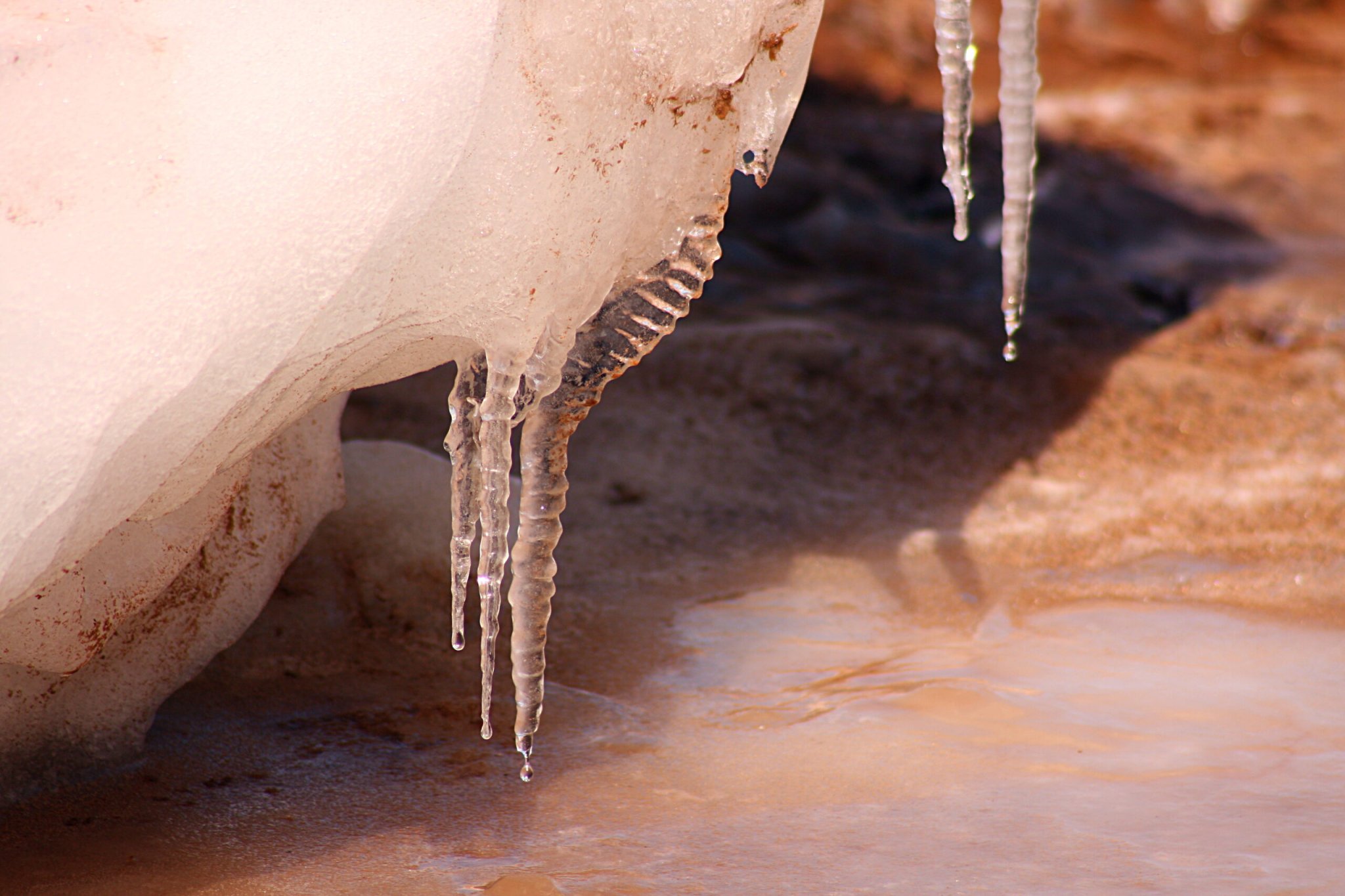

A lack of snow is bad for skiers, but it’s even worse for our future. Earlier this year, a study found that the snowpack in California’s Sierra Nevada mountains was at its lowest level in 500 years, which is bad news for a state deep in drought, but California is hardly alone.
In a study published in Environmental Research Letters, researchers found 97 drainage basins that depend on snow melt for their annual allotment of water. A drainage basin is any area of land where water drains to a certain point, like a river or reservoir. The researchers examined 421 basins, but focused on these 97 basins because they not only supply fresh water to 2 billion people, but there is also a 66 percent chance that the snow available to those basins would decline in the coming years.
In those areas of the world, snow during the winter acts as a watery savings account for warmer, drier months. When snow melts in the spring, it fills rivers and streams, providing a steady, seasonal water supply.
“Snow is important because it forms its own reservoir. But the consequences of reduced snowpack are not the same for all places—it is also a function of where and when people demand water,” lead author Justin Mankin, a postdoctoral fellow at Columbia University’s Earth Institute said in a statement. “Water managers in a lot of places may need to prepare for a world where the snow reservoir no longer exists.”
In some areas, rain could make up the difference in the snow deficit, with rain increasing even as snow decreases. But other areas face a more challenging future. In 32 of those drainage basins, snowmelt is the primary source of water for the 1.45 billion humans that live there. Relying so exclusively on that single source of water means that a dry or warm winter could have disastrous consequences in the future. Among the areas at risk are the drought-stricken American West, areas of Europe from Portugal to Italy, countries in Asia, Morocco, and perhaps most worryingly, areas of the Middle East, including Syria, and parts of Saudi Arabia and Iran. Adding additional stress to a volatile region is a worrying issue for international security.

Last winter was the sixth warmest on record and many parts of the United States have a high probability of a warmer-than-normal winter this season. Right now, these situations are worries, but not doomsday predictions. There is still a lot of uncertainty about how future weather patterns will unfold, and what is the best way to prepare. But if past is prologue, the outlook doesn’t look great.
